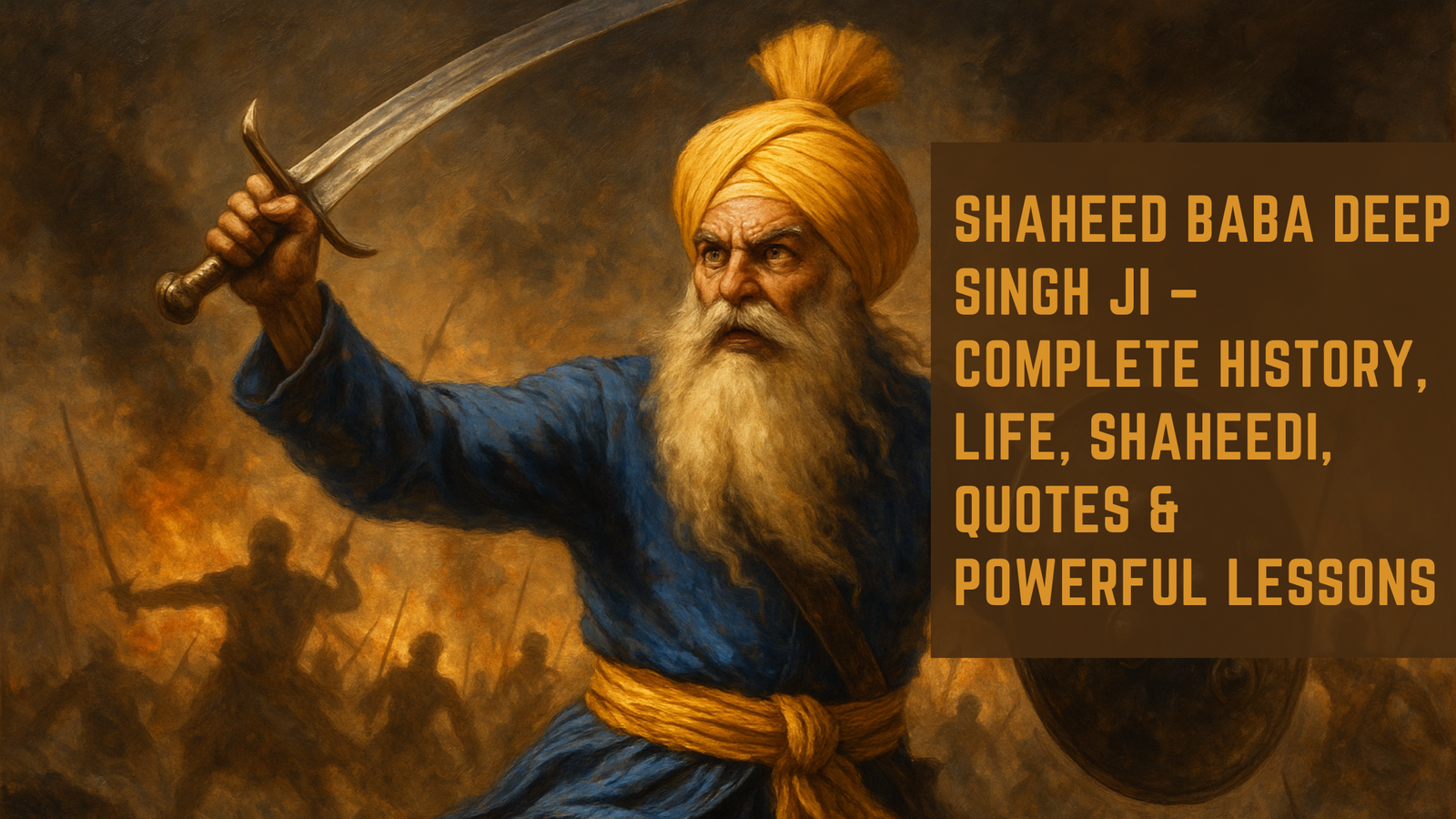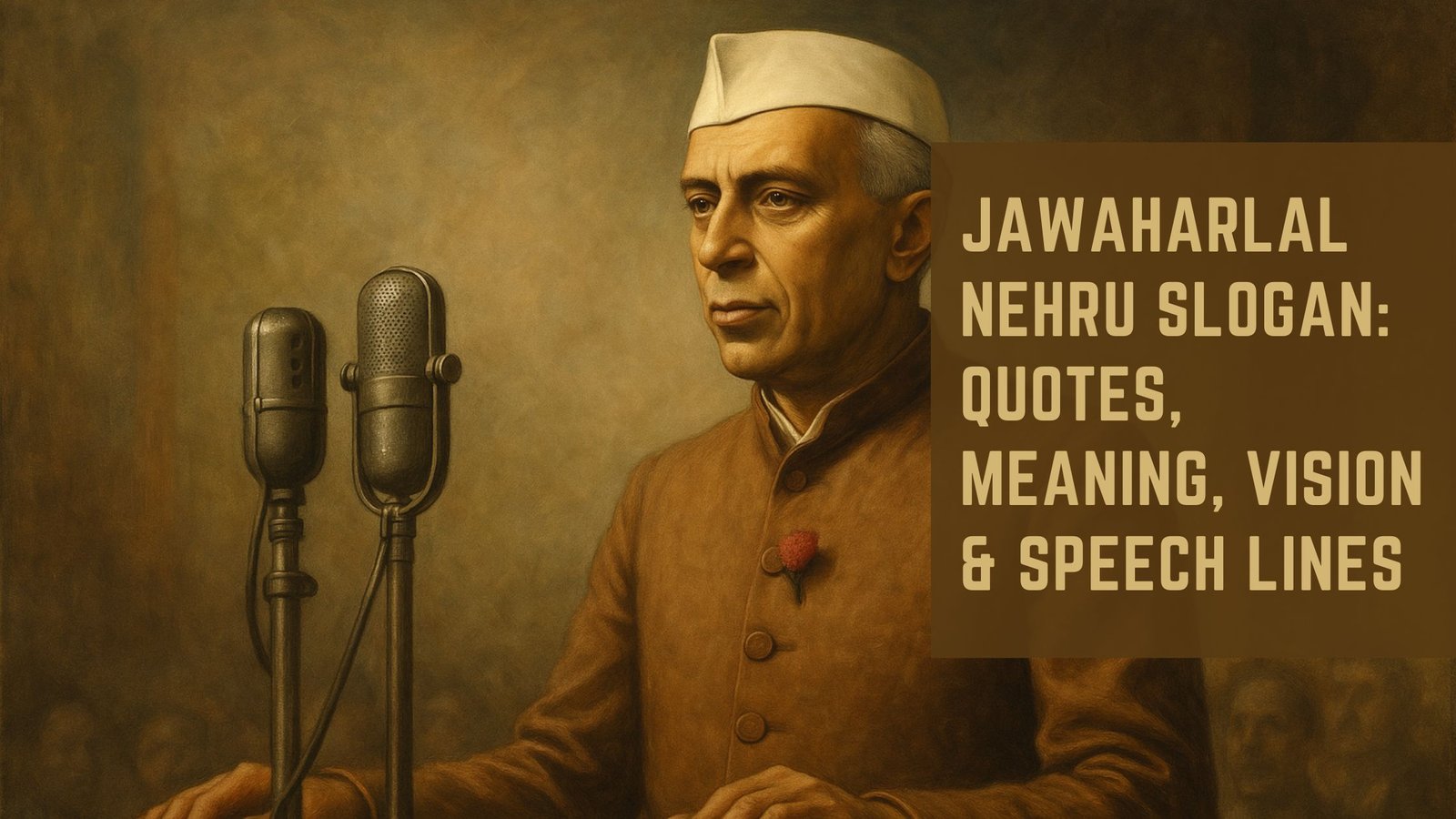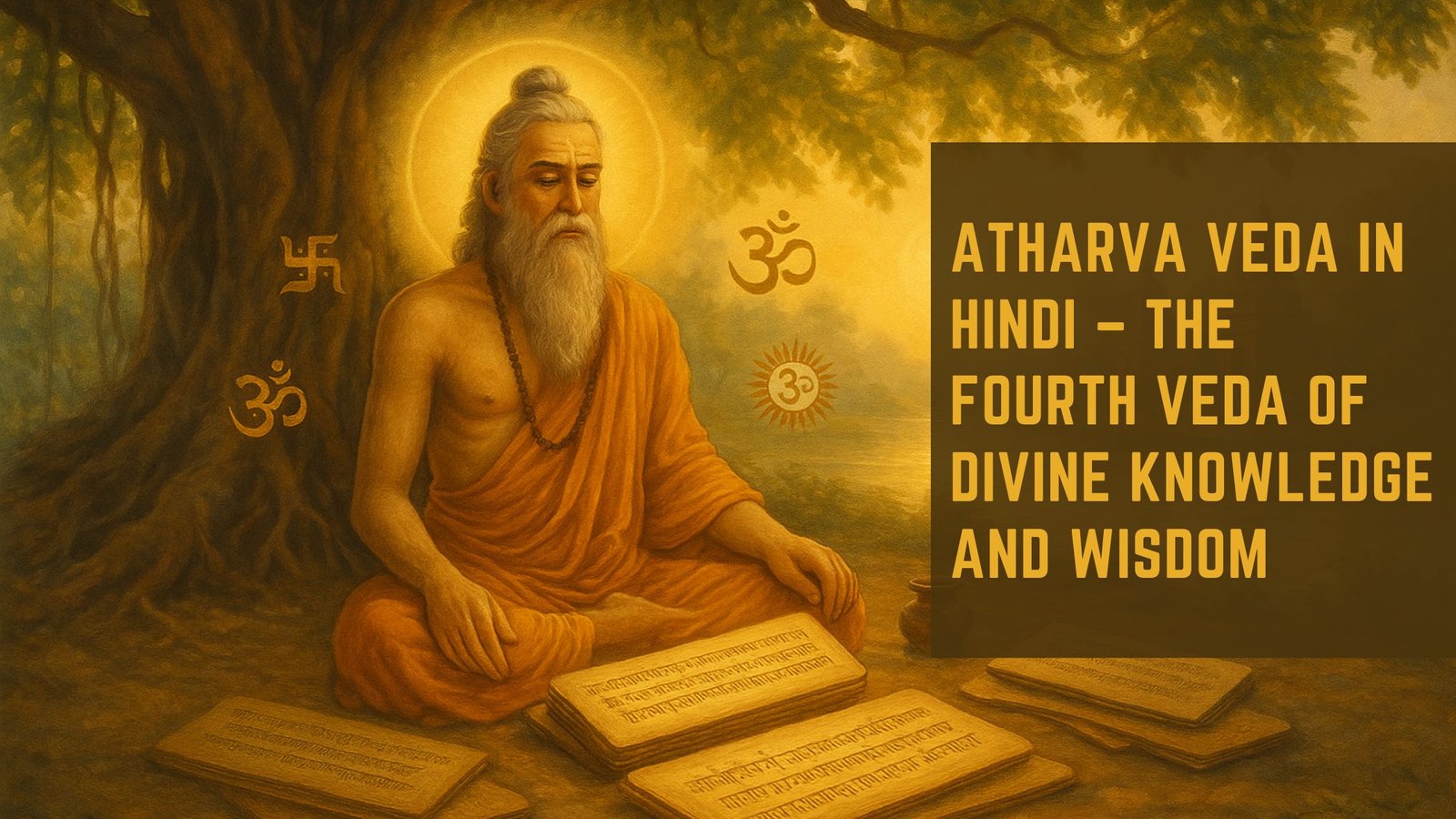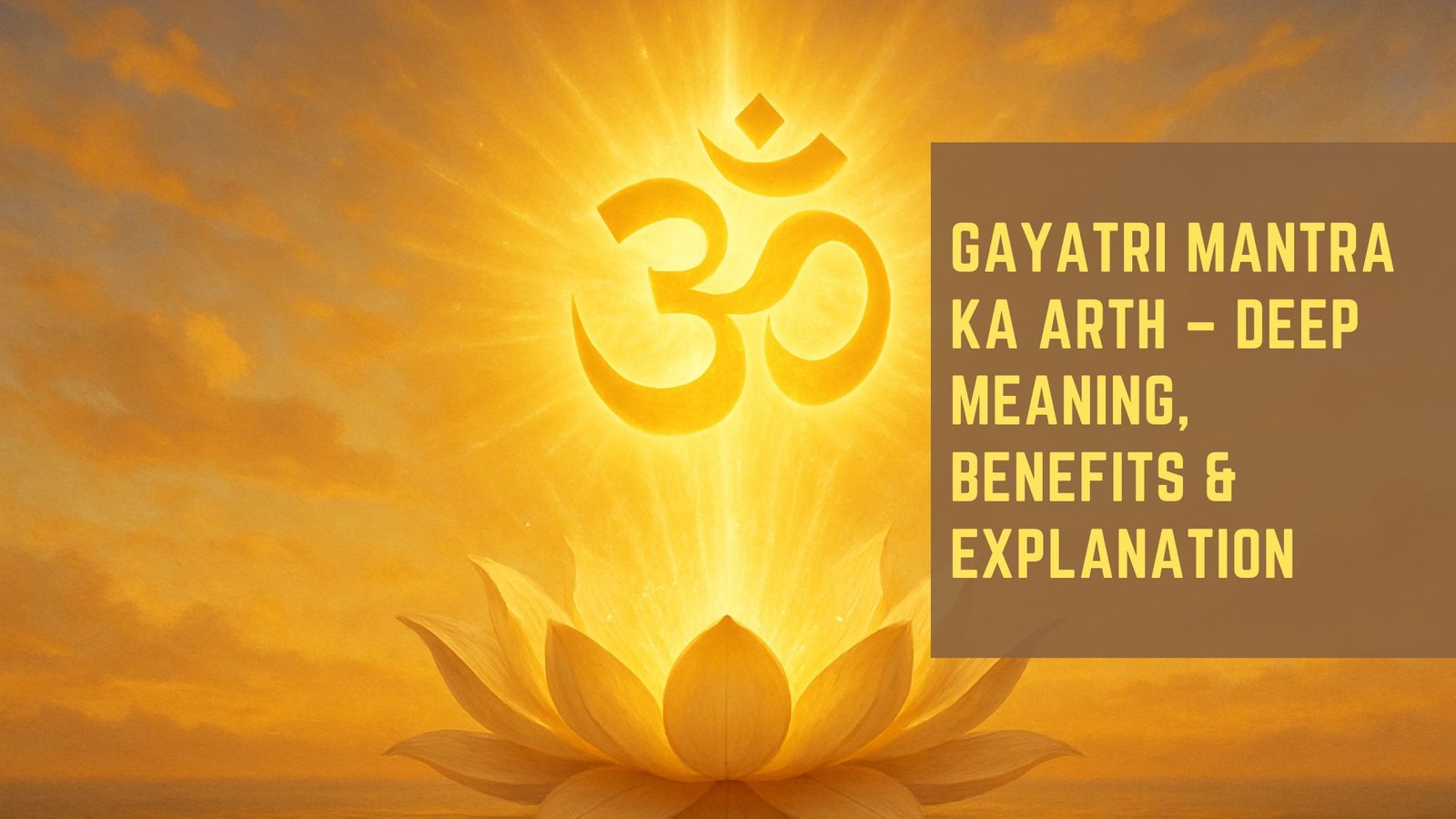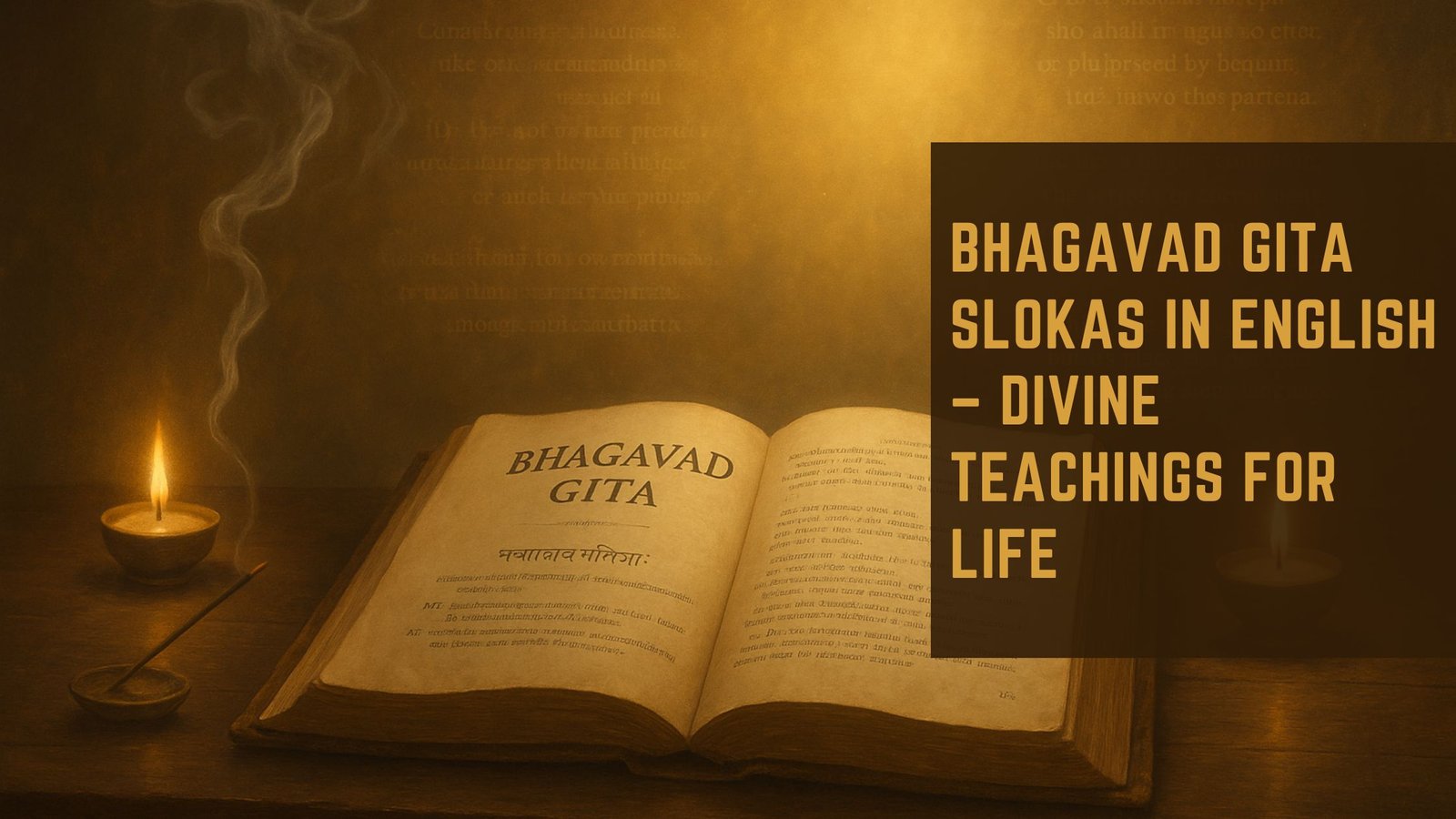The Bhagavad Gita, often referred to simply as the Gita, is a 700-verse Hindu scripture that is part of the Indian epic Mahabharata. It is a dialogue between Prince Arjuna and Lord Krishna, who serves as his charioteer. This sacred text is not merely a religious scripture; it is a philosophical treatise that addresses the moral and ethical dilemmas faced by individuals.
The Gita is set on the battlefield of Kurukshetra, where Arjuna is filled with doubt and moral confusion about fighting in a war against his own relatives, teachers, and friends. The conversation that unfolds between Arjuna and Krishna encapsulates profound spiritual wisdom and offers insights into the nature of life, duty, and righteousness. The Gita’s significance extends beyond its narrative framework; it serves as a guide for personal development and self-realization.
It addresses fundamental questions about existence, purpose, and the nature of reality. The text has been revered not only in India but also across the globe, influencing countless thinkers, leaders, and spiritual seekers. Its teachings transcend cultural and religious boundaries, making it a universal scripture that resonates with people from diverse backgrounds.
The Gita’s exploration of concepts such as dharma (duty), karma (action), and yoga (the path to realization) provides a comprehensive framework for understanding human experience.
Key Takeaways
- The Bhagavad Gita is a 700-verse Hindu scripture that is part of the Indian epic Mahabharata, and is a conversation between Prince Arjuna and the god Krishna.
- The historical and cultural context of the Bhagavad Gita is rooted in the ancient Indian civilization, and it reflects the social, political, and religious dynamics of that time.
- Key themes and teachings of the Bhagavad Gita include duty (dharma), righteousness, the nature of the self, and the concept of yoga as a path to spiritual realization.
- The Bhagavad Gita has had a profound influence on philosophy and religion, inspiring thinkers and spiritual leaders across different traditions, including Hinduism, Buddhism, and Jainism.
- The Bhagavad Gita remains relevant in modern society, offering timeless wisdom on how to navigate moral dilemmas, find inner peace, and achieve self-realization.
Historical and Cultural Context of the Bhagavad Gita
The Evolution of the Mahabharata
The Mahabharata, the epic in which the Bhagavad Gita is embedded, is believed to have been compiled over several centuries, incorporating diverse narratives, traditions, and teachings.
The Cultural Significance of the Bhagavad Gita
The Bhagavad Gita emerged as a critical component of the Mahabharata, reflecting the complexities of human relationships and the moral dilemmas faced by individuals in a rapidly changing society. Culturally, the Gita is situated within the broader context of Vedic literature and Upanishadic philosophy, synthesizing various strands of thought prevalent in ancient India, including the concepts of karma and moksha (liberation).
The Historical Backdrop of the Bhagavad Gita
The text engages with the prevailing ideas of dharma, which were central to the social fabric of the time. The Gita’s emphasis on righteous action in accordance with one’s duty reflects the values of a society deeply rooted in familial and social obligations. This historical backdrop enriches the understanding of the Gita’s teachings, as it addresses not only individual concerns but also collective responsibilities.
Key Themes and Teachings of the Bhagavad Gita
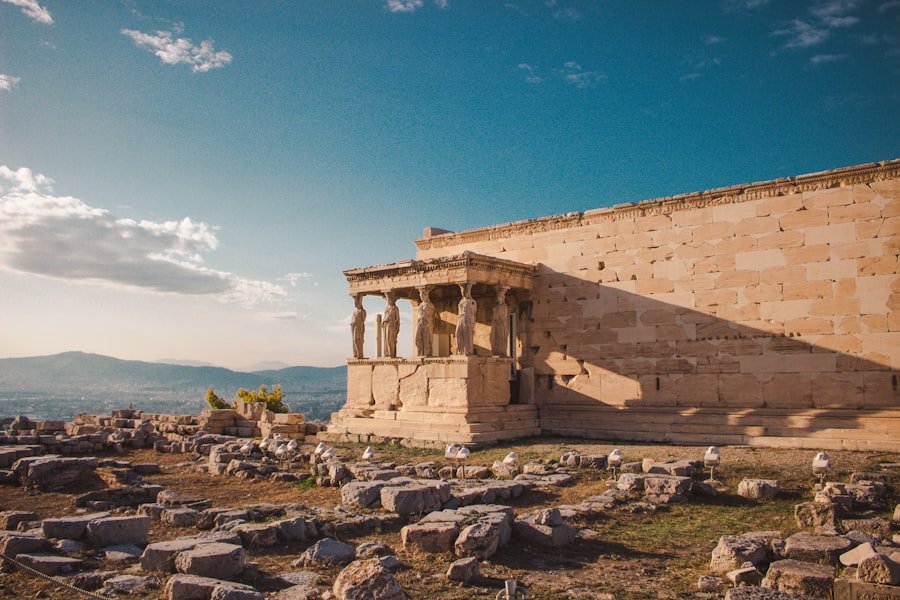
One of the central themes of the Bhagavad Gita is the concept of dharma, or duty. Arjuna’s initial reluctance to engage in battle stems from his confusion about what is right and just. Krishna elucidates that fulfilling one’s duty, even in challenging circumstances, is paramount.
This teaching emphasizes that individuals must act according to their roles in society while remaining detached from the fruits of their actions. The Gita advocates for selfless action, encouraging individuals to perform their duties without attachment to outcomes, which is a cornerstone of its philosophical framework. Another significant theme is the nature of reality and the self.
The Gita introduces the idea of the eternal soul (Atman) that transcends physical existence. Krishna explains that while the body may perish, the soul is immortal and unchanging. This perspective invites individuals to look beyond their immediate circumstances and recognize their true nature.
The teachings on yoga—specifically Karma Yoga (the path of action), Bhakti Yoga (the path of devotion), and Jnana Yoga (the path of knowledge)—provide practical pathways for individuals to realize their potential and connect with the divine.
The Bhagavad Gita’s Influence on Philosophy and Religion
The Bhagavad Gita has had a profound impact on various philosophical traditions both within India and beyond its borders. In Hindu philosophy, it has been instrumental in shaping concepts related to ethics, metaphysics, and spirituality. Thinkers such as Adi Shankaracharya have drawn upon its teachings to articulate non-dualistic interpretations of reality, while others like Ramanuja have emphasized devotion as a means to attain liberation.
The Gita’s exploration of different paths to realization has enriched Hindu thought by accommodating diverse spiritual practices. Beyond Hinduism, the Gita has influenced global philosophical discourse. Its teachings resonate with existentialist themes found in Western philosophy, particularly regarding individual choice and responsibility.
Figures such as Mahatma Gandhi have cited the Gita as a source of inspiration for nonviolent resistance and ethical leadership. Gandhi’s interpretation emphasized the importance of selfless action in pursuit of justice, demonstrating how the Gita’s principles can be applied to contemporary social issues. The text’s universal themes have also attracted interest from scholars in comparative religion, psychology, and ethics, further solidifying its status as a foundational work in world philosophy.
The Bhagavad Gita’s Relevance in Modern Society
In today’s fast-paced world, where individuals often grapple with stress, anxiety, and moral ambiguity, the teachings of the Bhagavad Gita remain remarkably relevant. The emphasis on selfless action encourages individuals to engage with their responsibilities without becoming overwhelmed by expectations or outcomes. This perspective can be particularly beneficial in professional settings where competition and pressure are prevalent.
By focusing on duty rather than personal gain, individuals can cultivate a sense of purpose that transcends material concerns. Moreover, the Gita’s insights into the nature of reality can provide solace in times of uncertainty. In an age marked by rapid change and existential questions about identity and purpose, understanding the eternal nature of the soul can foster resilience.
The practice of yoga—both as a physical discipline and a spiritual path—has gained immense popularity worldwide as people seek holistic approaches to well-being. The Gita’s teachings on yoga encourage individuals to cultivate mindfulness and inner peace amidst external chaos, making it a valuable resource for personal development in contemporary society.
Interpretations and Commentaries on the Bhagavad Gita

Traditional Commentaries and Metaphysical Interpretations
Traditional commentaries by figures such as Shankaracharya focus on metaphysical interpretations, emphasizing non-dualism and the unity of Atman and Brahman (the ultimate reality). These interpretations highlight the Gita’s role in articulating complex philosophical ideas within Hinduism.
Modern Interpretations and Practical Applications
In contrast, modern interpretations often emphasize practical applications of its teachings in everyday life. Contemporary thinkers like Eknath Easwaran have sought to make the Gita accessible to a broader audience by framing its lessons in relatable terms.
Comparative Studies and Cross-Cultural Significance
Scholars from diverse cultural backgrounds have engaged with the text through comparative studies, exploring its relevance across different religious traditions. This rich tapestry of interpretations underscores the Gita’s enduring significance as a source of wisdom for seekers across time and space.
Practical Applications of the Bhagavad Gita’s Teachings
The practical applications of the Bhagavad Gita’s teachings are vast and varied, extending into numerous aspects of daily life. One key application lies in decision-making processes where individuals are often faced with dilemmas that challenge their values and beliefs. By applying the principle of dharma—acting according to one’s duty—individuals can navigate complex situations with clarity and integrity.
This approach encourages people to consider their responsibilities towards family, community, and society at large while remaining true to their ethical convictions.
In an era characterized by constant connectivity and information overload, cultivating a sense of inner peace becomes essential for mental well-being.
The practice of meditation and self-reflection advocated in the Gita allows individuals to develop greater awareness of their thoughts and emotions. By learning to observe rather than react impulsively, one can foster resilience against external pressures while nurturing a deeper connection with oneself.
The Timeless Wisdom of the Bhagavad Gita
The Bhagavad Gita stands as a testament to timeless wisdom that transcends cultural boundaries and historical contexts. Its teachings resonate with fundamental human experiences—struggles with identity, purpose, duty, and morality—making it relevant across generations. As individuals continue to seek meaning in an increasingly complex world, the Gita offers profound insights into navigating life’s challenges with grace and integrity.
The enduring appeal of the Bhagavad Gita lies not only in its philosophical depth but also in its practical applicability to everyday life. Whether one approaches it as a spiritual guide or a philosophical text, its teachings provide valuable tools for personal growth and self-discovery. As we engage with its wisdom, we are reminded that our journey towards understanding ourselves and our place in the universe is both timeless and universal—a journey that continues to inspire seekers around the globe.
If you are interested in exploring the timeless wisdom of the Bhagavad Gita, you may want to check out the article “The Gita: A Universal Guide to Life Wisdom” available at this link. This article delves into the universal teachings of the Gita and how they can be applied to our modern lives. It offers valuable insights and reflections on the ancient text, providing readers with a deeper understanding of its profound teachings.
FAQs
What is the Bhagavad Gita?
The Bhagavad Gita, often referred to as the Gita, is a 700-verse Hindu scripture that is part of the Indian epic Mahabharata. It is a sacred text of the Hindu religion and is considered one of the most important spiritual classics in the world.
What is the significance of the Bhagavad Gita?
The Bhagavad Gita is revered for its philosophical and spiritual teachings. It addresses the moral and ethical dilemmas faced by individuals and provides guidance on how to live a righteous life. It also discusses the concepts of duty, righteousness, and the nature of reality.
Who is the author of the Bhagavad Gita?
The authorship of the Bhagavad Gita is traditionally ascribed to the sage Vyasa, who is also credited with composing the Mahabharata. The Gita is presented as a conversation between the prince Arjuna and the god Krishna, who serves as his charioteer.
What are the main themes of the Bhagavad Gita?
The Bhagavad Gita addresses several key themes, including the nature of the self, the concept of duty (dharma), the nature of reality, the path to spiritual liberation (moksha), and the importance of devotion to God.
How is the Bhagavad Gita structured?
The Bhagavad Gita is divided into 18 chapters, each of which deals with different aspects of life, duty, and spirituality. The text is written in the form of a dialogue between Arjuna and Krishna, and it is structured as a conversation that takes place on the battlefield of Kurukshetra.

